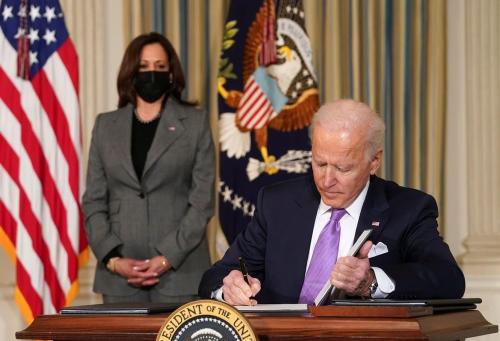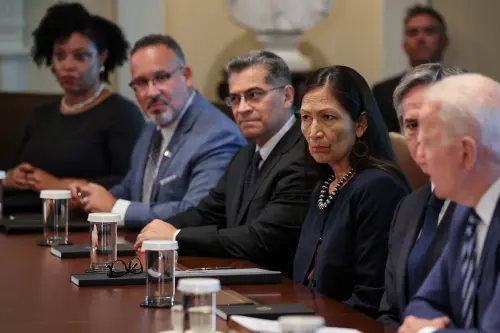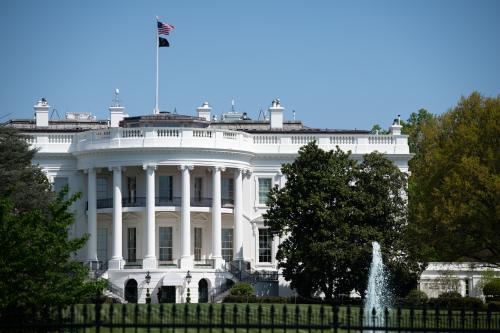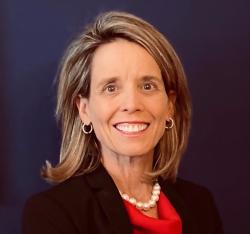Short of dealing with a crisis, a president’s largest responsibility at the start of an administration is to fill the highest levels of government with hand-picked appointees. Doing so enables the chief executive to steer the massive ship of state in the direction that advances their policy priorities. Throughout the 2020 presidential campaign, candidate and former Vice President Joe Biden repeatedly pledged to appoint a team that looked like America. Brookings has been monitoring this commitment by noting the pace, gender and race/ethnicity of his Senate-confirmed nominees, and we have now passed the 100th day of his tenure, a popular moment to take stock and assess personnel appointments.
Though the 100-day mark is an artificial milestone at best and is not predictive of future progress, it is a good time to note the pace and see where new leadership has taken the helm across the fifteen departments. Expectations during this period, however, should be tempered by the fact that the president’s first 100 days are by no means equal to the Senate’s first 100 days. For starters, the Senate was on recess for three weeks during the first 100 days. Excluding weekends and Fridays (since only one confirmation occurred on a Friday), there were approximately 47 days when the Senate could have confirmed President Biden’s nominees. In short, the Senate’s executive calendar has a profound impact on staffing the government.
A brief word about methodology: I relied primarily on Congress.gov to obtain confirmation information for all four presidents and utilized a variety of online resources and interviews to ascertain gender, race and ethnicity. I adopted the U.S. Census race/ethnicity categorization. Data only include confirmations to positions within the 15 departments (excluding U.S. Attorneys at the Department of Justice) during the first 100 days of the Bush, Obama, Trump and Biden administrations.
Gender and race/ethnicity: Just how diverse are these confirmed nominees?
Despite the relatively short window in which Biden nominees have been considered, the administration is holding true to their diversity commitment. As of the end of the 100th day, April 30, 2021 there were 30 confirmed nominees. Compared to President Biden’s three predecessors, there was a higher proportion of women and non-whites.
Looking beyond the numbers, it is important to highlight that some of the nominations are historic firsts: the first Black to be the Secretary of Defense, Lloyd Austin; the first Native American, Deb Haaland, to be a Cabinet member and Secretary of Interior; the first woman, Janet Yellen, to be Secretary of the Treasury; and the first Latino and immigrant to run the Department of Homeland Security, Alejandro Mayorkas. These appointments are trail-blazing and pave the way for future women and minorities to assume the helm in positions that were previously unattainable. In short, the numbers alone do not shed light on the lasting impact of these appointments.
Pace: How quickly is the president staffing the government?
President Biden’s pace of confirmations is nothing out of the ordinary. At the 100-day mark, the Biden administration has fewer confirmed nominees than President Obama, but close to President George W. Bush and has exceeded the progress of President Trump.
Looking beyond the numbers, it is important to highlight that some of the nominations are historic firsts: the first Black to be the Secretary of Defense, Lloyd Austin; the first Native American, Deb Haaland, to be a Cabinet member and Secretary of Interior; the first woman, Janet Yellen, to be Secretary of the Treasury; and the first Latino and immigrant to run the Department of Homeland Security, Alejandro Mayorkas. These appointments are trail-blazing and pave the way for future women and minorities to assume the helm in positions that were previously unattainable. In short, the numbers alone do not shed light on the lasting impact of these appointments.
Pace: How quickly is the president staffing the government?
President Biden’s pace of confirmations is nothing out of the ordinary. At the 100-day mark, the Biden administration has fewer confirmed nominees than President Obama, but close to President George W. Bush and has exceeded the progress of President Trump.
Though admittedly a small sample of appointees, the early numbers reveal President Biden’s continued commitment to diversity and a pace that is comparable to two of his three predecessors. Much to the irritation of new presidents, they are indeed beholden to the Senate calendar when it comes to pace of confirmations and can only do so much. As of April 29, 2021, President Biden has nominated 198 individuals, demonstrating that while they have selected and vetted numerous appointees, their expectations of staffing the government must be tempered by the realities of the Senate calendar. The one bright spot on the horizon is that historically, the next 100-day period has been a far more productive confirmation period.
The Brookings Institution is committed to quality, independence, and impact.
We are supported by a diverse array of funders. In line with our values and policies, each Brookings publication represents the sole views of its author(s).








Commentary
President Biden’s commitment to diversity in the first 100 days
May 3, 2021